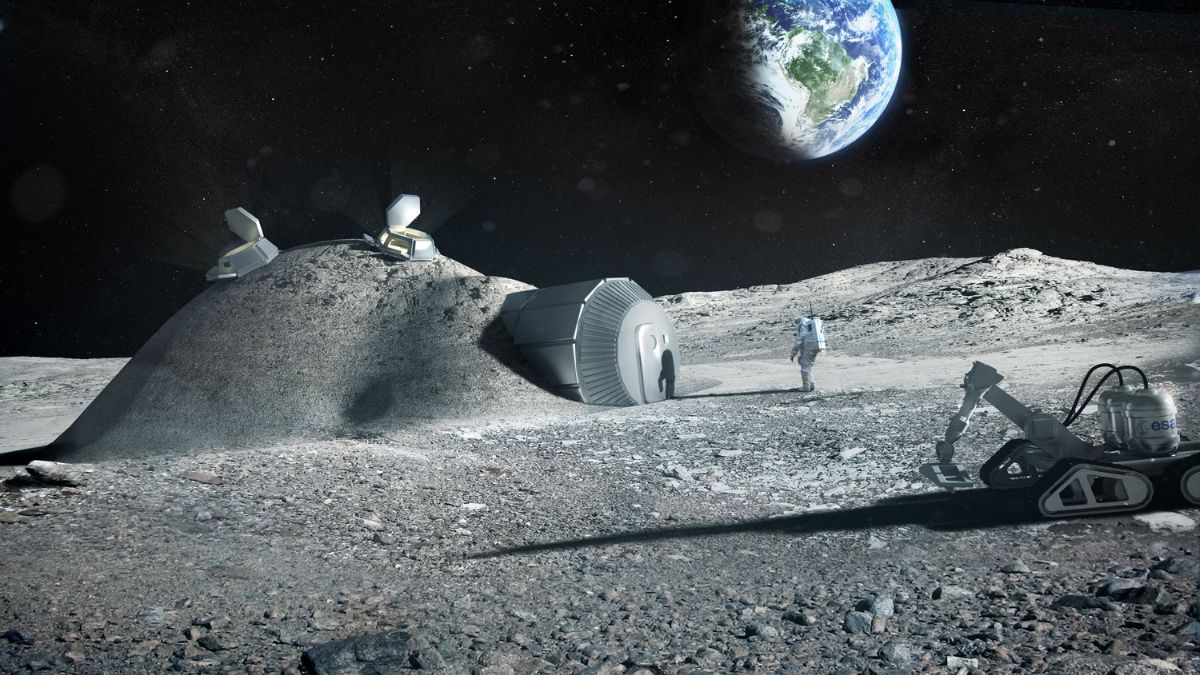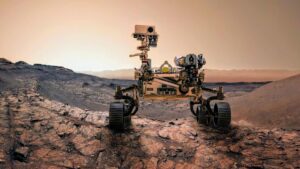NASA just took a sharp turn under its new acting head, Sean Duffy. And he’s wasting no time. His bold mission? Build and deploy a nuclear reactor on the Moon before the decade is out. It’s fast, aggressive, and no longer just about science. It’s about strategy, power, and staying ahead in a new space race already heating up with China and Russia in the rearview mirror.
Power
This isn’t just about flipping the switch on some lights. Duffy wants a nuclear reactor that delivers at least 100 kilowatts of power—enough to run a full lunar base. That kind of power could keep astronauts warm, systems running, and missions alive through the pitch-black, freezing lunar nights. It’s also the first big test before we try something similar on Mars.
But beyond the tech, there’s something else going on: fear. The concern is that if another country, say China, installs a reactor first, they might claim large areas of the Moon for themselves. That could block American access and shift the balance in space dominance.
Urgency
Duffy isn’t playing it safe. Just days into the role, he’s already reshuffling designs, throwing out the old plans, and demanding bolder solutions. Deadlines are now tight—proposals are due in 60 days, and NASA will pick a project leader within a month. No time to slow down.
Why the rush? Because Duffy believes the next space race won’t be about who plants the most flags. It’ll be about who builds the infrastructure first. And whoever controls the power, controls the future of space.
Redesign
NASA already had a plan to develop small-scale reactors with help from private companies. But Duffy wasn’t impressed. He called the original designs too slow and underpowered. In response, he’s pushing for reactors with more output, faster timelines, and clearer geopolitical advantages.
He wants systems that do more than work. They have to dominate. Because if China beats the U.S. to the Moon with a working nuclear reactor, they could set up exclusive zones—and that’s something Duffy says cannot happen.
Testing
The Moon isn’t just a goal; it’s a test bed. Its harsh environment—long, freezing nights, extreme temperatures, and limited sunlight—makes it the perfect place to trial tech for deeper space. If the U.S. can install and operate a nuclear reactor there, it paves the way for future Mars bases.
This would be the first time humanity puts functional nuclear power on another world. And that would be a milestone hard to ignore.
Partnerships
Why all this talk about private companies? Simple: NASA needs help, and fast. With the International Space Station nearing its end, the agency must find quicker, cheaper ways to build the next generation of space stations and surface systems. And that means teaming up with private companies like never before.
The Fission Surface Power program is already looking at names like Lockheed Martin, Westinghouse, and General Atomics. These firms could provide the hardware and know-how to make lunar nuclear power a reality. Not because NASA wants to outsource everything—but because it has no other choice if it wants to win this race.
Countdown
The pressure is on. Timelines are tight. Mistakes aren’t an option. This is a mission where every delay gives someone else the upper hand. Duffy knows this. And that’s why the race is now real—no simulations, no practice runs.
Planting a nuclear reactor on the Moon is the first move in a bigger game. It’s about securing energy independence in space, setting up a base for future missions to Mars, and making sure that the U.S. doesn’t lose its leadership in the stars.
Because once someone builds power infrastructure on the Moon, the rules change—and the U.S. doesn’t plan to be left behind.
FAQs
Why not just use solar power on the Moon?
Because areas like the south pole get little sunlight, making solar unreliable.
Which countries are also racing to the Moon?
China and Russia are developing their own lunar nuclear systems.
Which companies are working on lunar reactors?
Lockheed Martin, Westinghouse, and General Atomics are involved.
Are Moon-based nuclear reactors risky?
They are designed to be compact, safe, and efficient for space use.
How does this help missions to Mars?
It proves stable power can be used off Earth—vital for Mars bases.






















